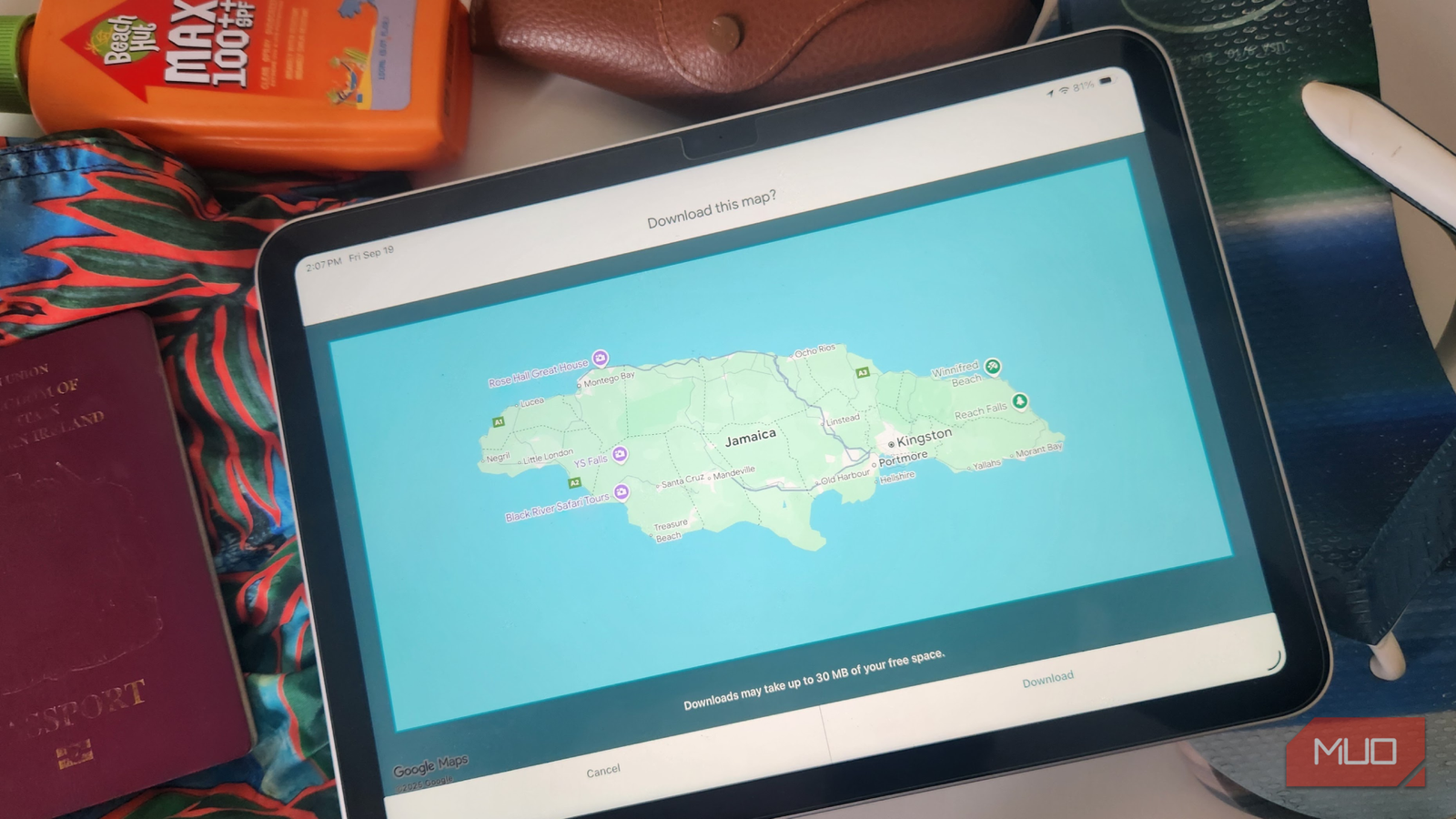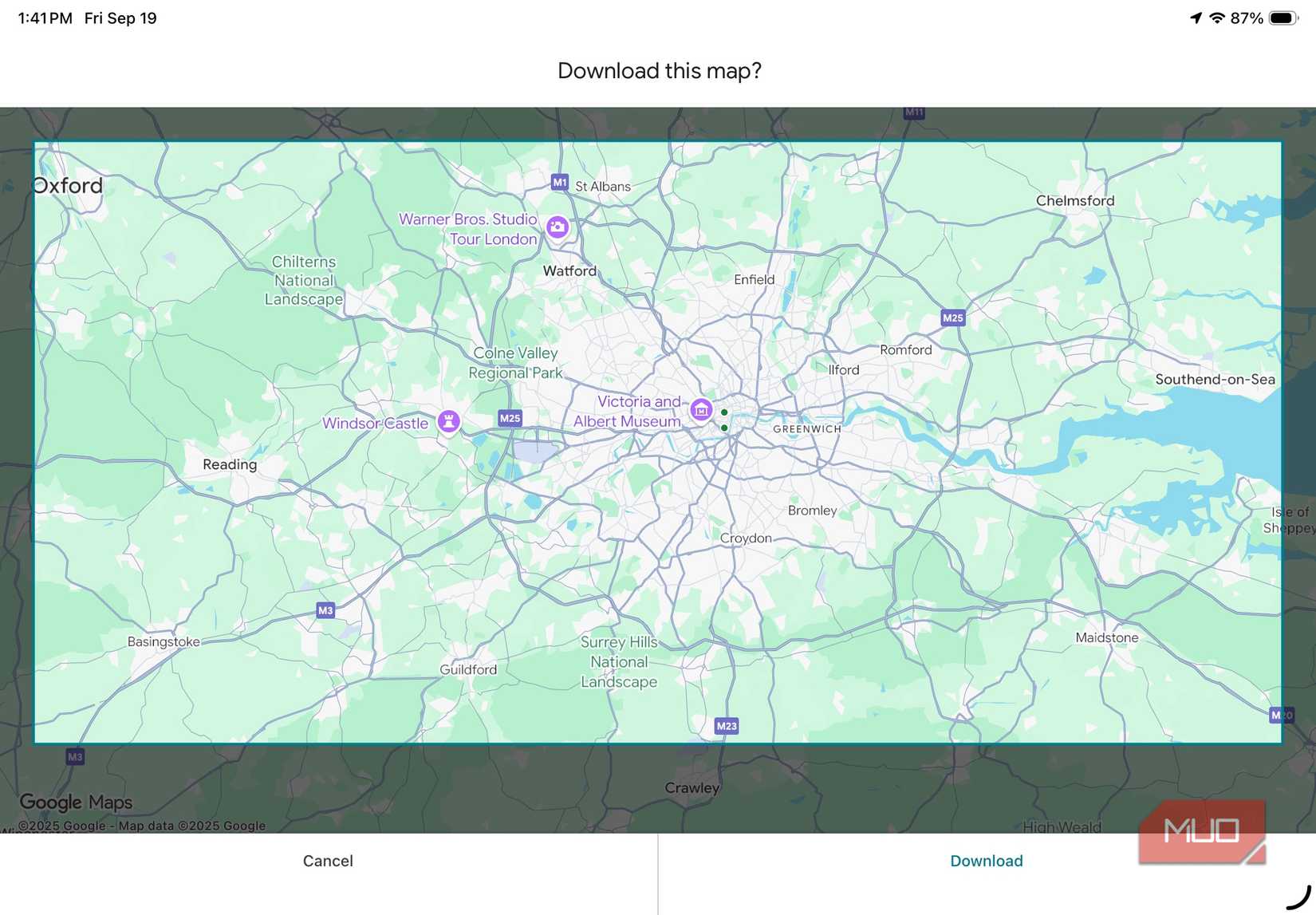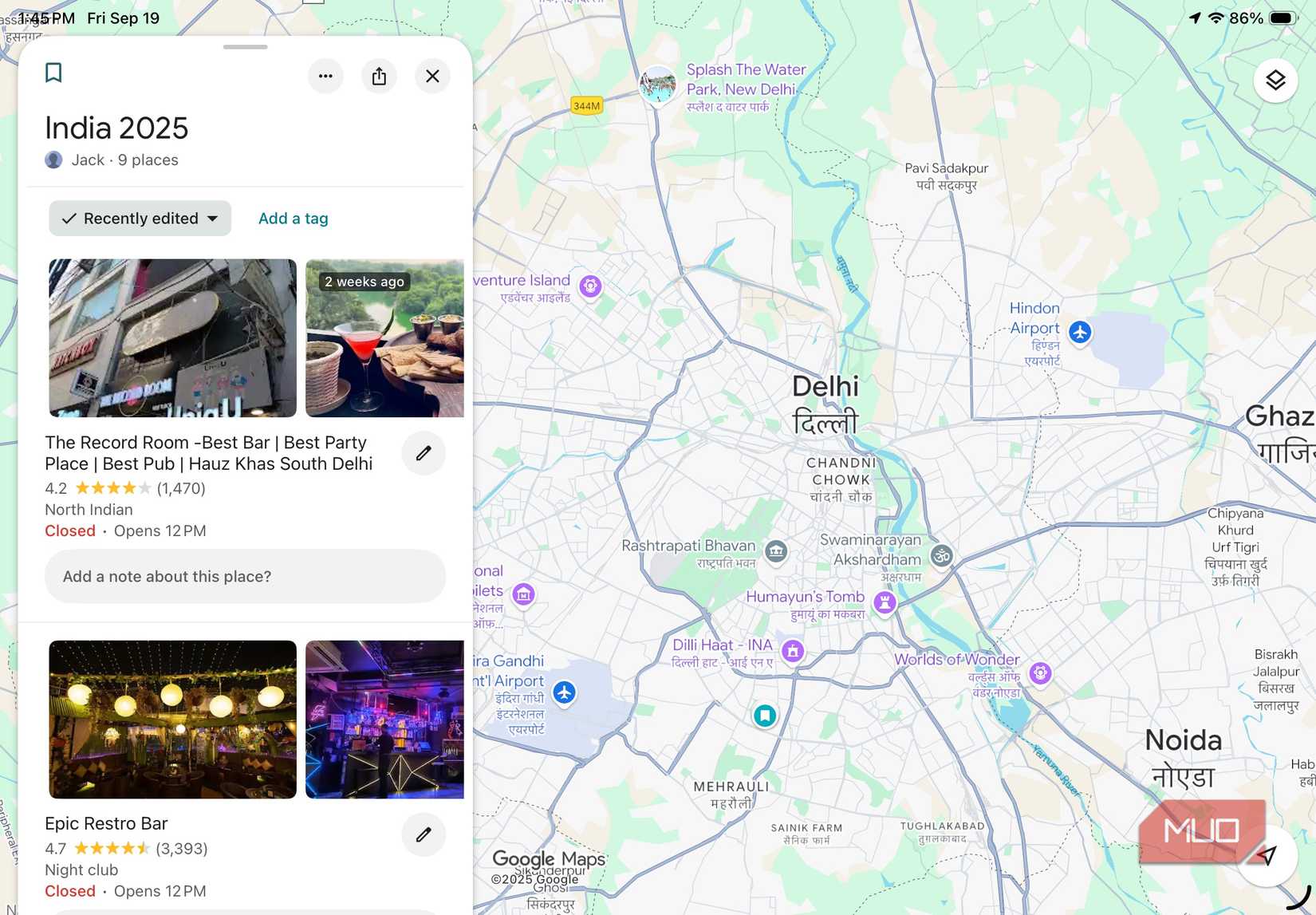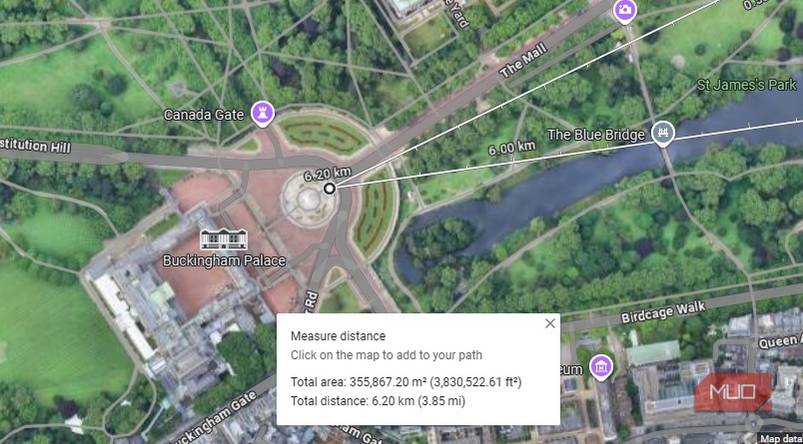Regardless of whether you prefer Waze, Apple Maps, or Google Maps, we can all agree that these digital atlases have revolutionized travel. With that said, I have always favored Google Maps, as it offers several unique features aside from basic navigation that have become integral to life beyond my doorstep.
Google’s native mapping service is so much more than a wayfinding app, and I get the feeling that many of its benefits are overlooked. Having experimented with Google Maps’ travel tracking, people tracking, rich information, and offline features, I have transformed the way I use it on a day-to-day basis.
6
Unlock your travel history with the Timeline feature
View and edit your past routes with ease
Even when you’re not actively using Google Maps, it can track your movements and keep a record of where you go each day. Provided you have your Location enabled in Settings, you can revisit your movements at any time by opening the Maps app, tapping your profile picture, and selecting Your Timeline.
This feature enables you to view past trips, see the exact routes you took, and identify points of interest and services you visited along the way. It’s a highly effective way to relive memorable trips, remember notable restaurants and hotels you’ve visited, or even record your mileage for work reimbursements. If you’re privacy-conscious, you can adjust your settings or delete specific days, so you’re entirely in control of what’s recorded.
5
Share your live location for safer meetups and trips
Let others see your real-time movement
Whenever you need to coordinate with someone on your travels or are conscious about your personal safety, you can share your live location directly in Google Maps. To activate, tap your profile picture, select Location sharing > New share, and enter the Gmail address of the person you want to share your location with. Then, choose how long you want to share your location.
This feature is a real lifesaver when coordinating with friends at busy events, such as festivals, or when picking someone up at the airport. It also lets your significant other know your exact position if you’re running late coming home, or you can share your location with a roommate if you’re heading out to meet someone new on a date. I mostly use it to give my estimated time of arrival or to check in with other drivers on road trips. In this instance, I either set it to turn off at a specified time or turn it off manually after use.
4
Use layers and filters for greater detail
Explore traffic, terrain, and transit options
I ignored the layers icon in the corner of the screen for too long. Tap it to view map layers that reveal detailed images and essential information that you might otherwise miss, by switching between satellite view, terrain, or real-time traffic, pollution, and transit information.
The Explore tab is handy when you’re in unfamiliar territory, as it suggests restaurants, attractions, and events nearby, while filters let you sort by ratings, open hours, or cuisine type. Whenever I’m on the road, I turn on the Open now and Distance filters to keep searches relevant.
3
Download offline maps to navigate without internet
Save areas for reliable directions on the go
Google Maps rarely lets me down while navigating around town. However, if I’m heading out into the great beyond, I’ll always download an offline map before leaving. Simply tap your profile picture, choose Offline maps > Select your own map, zoom to choose your required map area, and select Download. You may then recall your map at any time before it expires one year later (unless it’s updated).
Your offline map includes turn-by-turn driving directions, place information, and search functionality—all without using data. This is a real game-changer, whether you’re on a remote road, hiking on foot, travelling internationally without a data connection, or simply saving data. Just remember to update your favorite maps periodically, so they stay current and don’t expire.
2
Customize saved lists to keep locations organized
Group your favorite spots for quick access
Once you use Google Maps regularly, things can easily become cluttered. Instead of bookmarking locations randomly or defaulting every saved location to a single folder, I save locations using categorized lists, so I can easily recall them at a later date.
I’ve made lists for everything from services like mechanics, car washes, bars, hotels, and restaurants, to travel plans, campsites, and places of interest. If I’m traveling with a group, I’ll often share my lists to get their input or to keep everyone in the loop.
Use advanced features to fine-tune your navigation
There are a couple of hidden tools in Google Maps that have been useful on a few occasions. One of these is Measure distance. Tap and hold anywhere on the map to drop a pin, then select Measure distance. Tap Add point to draw a path to another location, and Maps will calculate the total distance between all your points. This is especially useful for activities that don’t involve roads, such as sailing, hiking, or cross-country running, to help you estimate approximate distances and travel times.
Indoor maps are another handy feature that allows you to navigate indoor arenas, shopping malls, airports, and other locations with detailed floor plans that show multiple levels, including gates, shops, and restrooms. Other subtle tools include the ability to check parking availability in some cities or set departure and arrival times when checking transit schedules.
Your location finder is also your most trustworthy travel companion
Google Maps has evolved significantly, but many of its most notable features have been added quietly without fanfare and are not prominently featured. It’s well worth taking the time to experiment with the Timeline, location sharing, offline maps, layers, saved lists, and its hidden tools. This will significantly enhance your user experience and make travel much easier, whether you’re crossing continents or commuting daily. So, next time you fire up Google Maps, dig a little deeper. The app that you think you know might offer some useful surprises.











